Diamonds on the Music Trail
Over the decades, natural diamonds have crystallised into symbols of hope, love, and magic in music
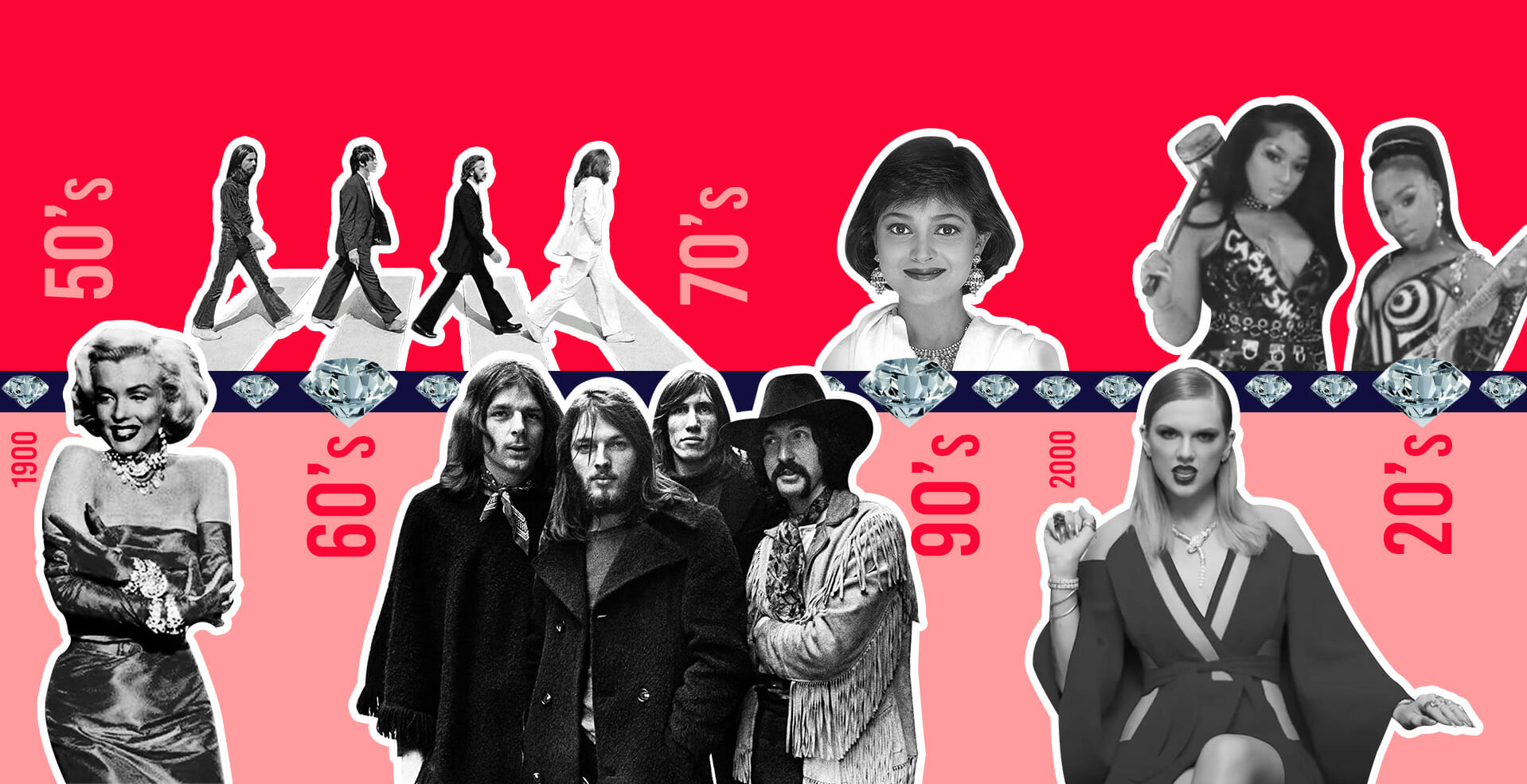
Diamonds in songs have provided many means for listeners to peer into the mysteries and mundanities of music while also decoding the cosmos at large. They’ve been the looking glass through which we see ourselves and history reflected, where we see the present draw from the past and perhaps, even witness the future grapple with catalysts rooted in the now. Over millennia now, one prediction remains fact: diamonds, much like music, stand the test of time. The times they are a-changin’, even as we find ourselves on a prescient precipice.

Diamonds, much like music, stand the test of time.
The Diamond Era: Fabulous Fifties
The end of the world wars and the dawn of the cold war era brought with it both stability and insecurity while the arts once again took flight. It’s little wonder that songs about diamonds held a certain carat of mind space in listeners’ pop culture psyche.
Tunes like “Diamonds Are a Girl’s Best Friend” (first performed by Carol Channing in the 1949’s Broadway production Gentlemen Prefer Blondes and then popularized by Marilyn Monroe in the 1953 film adaptation) and “Big Blue Diamond” (performed by Country crooner Red Perkins and written by Earl J. Carson in 1950) became wildly popular during this decade, shining a light on the luxury of excess as well as the longing for a love that does not bank on investment.
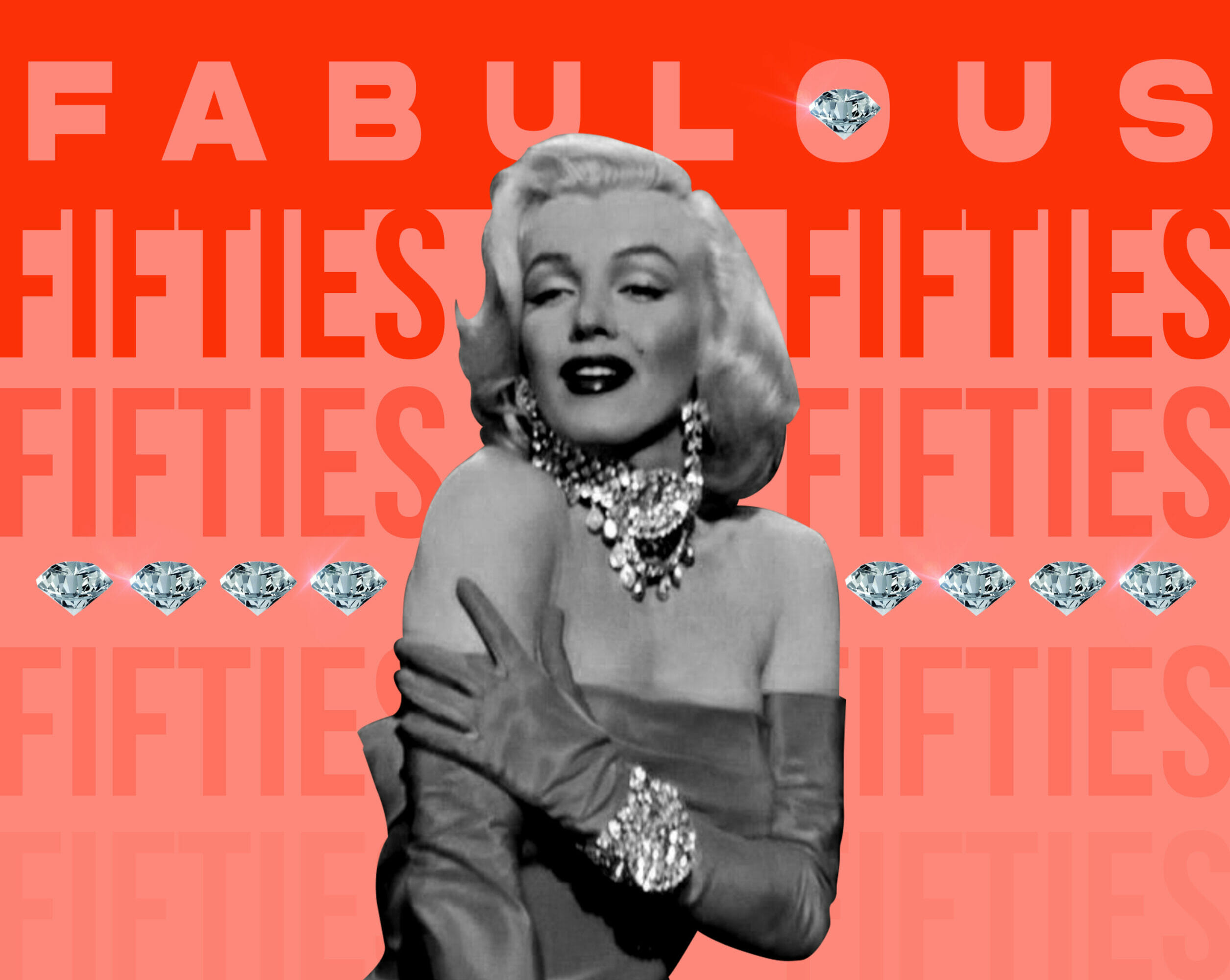
Image: YouTube, Marilyn Monroe, Diamonds Are A Girl’s Best Friend
Read More: Why Diamonds Are a Girl’s Best Friend!
Sparkling Sixties
In the Sixties, the genre of rock too embraced the stone. And why wouldn’t it. The Cullinan and its purity was so talked about those days you see. And it is natural to write songs inspired by such pure and pristine beauty.
Pop/rock collective Gary Lewis and The Playboys sauntered onto the scene with their first earnest hit “This Diamond Ring” in 1965. A lament on a love lost to an engagement ring, the song ironically became wildly popular with lovers owing to the titular object encased in its name. One can’t speak of this era without mentioning the Beatles and their classic song “Lucy In The Sky With Diamonds.” The song not only became a rage because of its sonic palette of psychedelic rock but also its ethereal imagery and lyricism. Unsurprisingly, this 1967 Beatles track even went on to christen the universe’s largest discovered diamond in 2004.
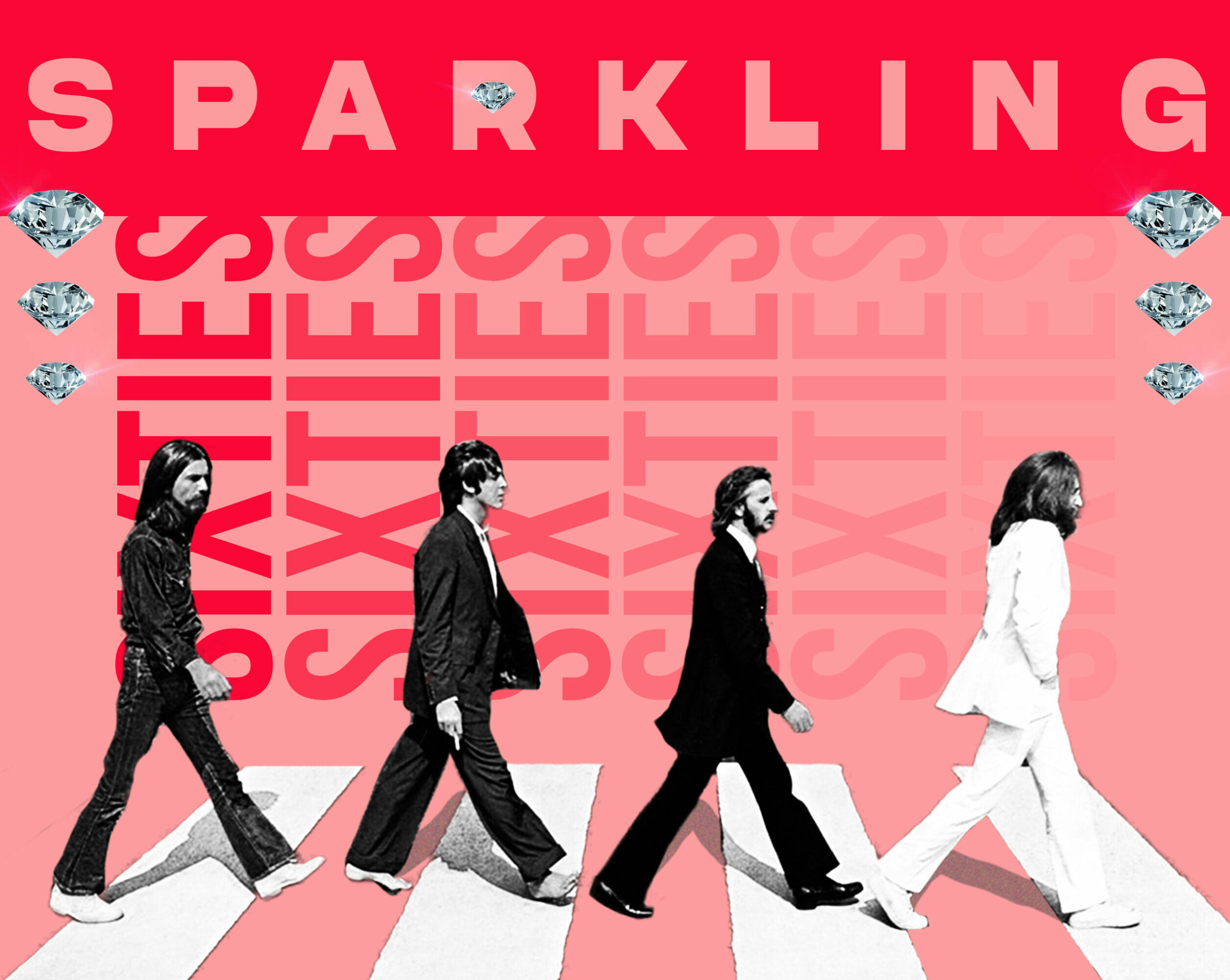
Image: Creative rendition by Artist
Shining Seventies:
As the bluish tinged Nasaak diamond stood proud in the spotlight, the seventies embraced the diamond inspiration wholeheartedly. They popped up in rock and folk records, setting the stage for songs about love, endurance, mental health, the apocalypse and more! They heralded a strong opening for this decade with Shirley Bassey’s timeless James Bond title song “Diamonds Are Forever” debuting in 1971. “I’ve no fear that they might desert me,” Bassey belted about the precious jewel, and the lines have lingered in pop culture consciousness since.
In the diamond trail, this decade also reflected the end of days on David Bowie’s 1974 glam rock/proto-punk staple “Diamond Dogs,” a song that chronicled a wild Manhattan during the apocalypse. The Seventies, perhaps most notably in 1975, also gifted us with folk singer-songwriter Joan Baez’s “Diamonds & Rust” and prog-rock legends Pink Floyd’s “Shine On You Crazy Diamond.” While one song is a nostalgic reminiscence of heartbreak, the other is a beloved and unforgettable tribute to treasured band member Syd Barrett.

Diamonds and music continue to be the key cultural enablers of our times.
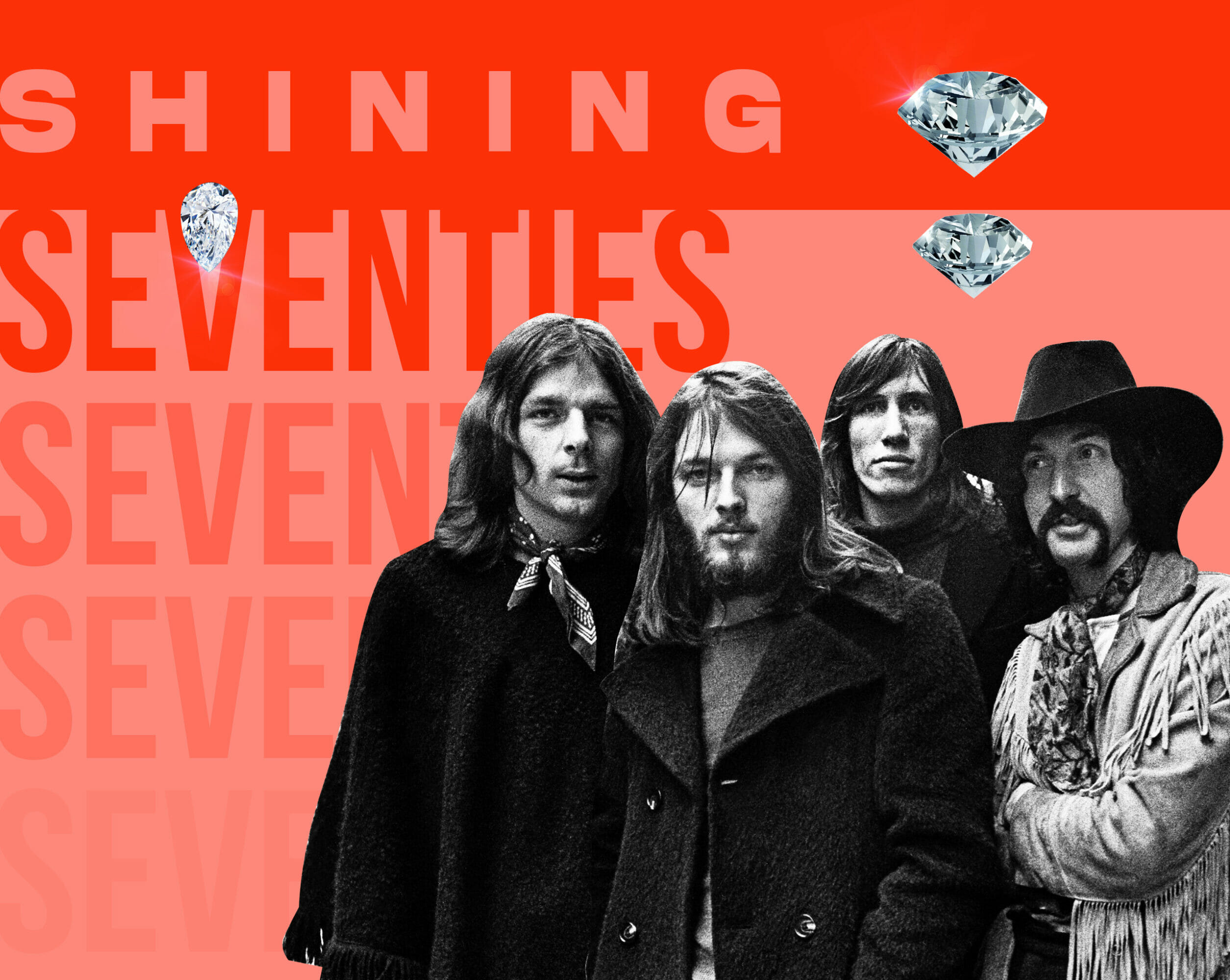
Image: Alamy
Eighties, Nineties and Noughties Rock On
As the years passed, more famous diamonds and their fascinating stories came out in the open. The Koh-i-noor, The Princie, The Jacob Diamond became names that everyone knew. In the Eighties and Nineties, diamonds forged a covenant of transformation, prosperity and hope with music.
Billie Joe Shaver’s 1981 country swinger “I’m Just an Old Chunk of Coal” told a story of spiritual metamorphosis, while Prince & The New Power Generations’s 1991 R&B/pop ballad “Diamonds and Pearls” equated prized jewels to an offering of unconditional love. Here in India, pop star Alisha Chinai’s 1996 hit “Made In India” compared the world’s best lover to a priceless natural diamond and at the turn of the decade, New Orleans rapper B.G. (feat. Cash Money Millionaires) cemented the diamond as the ultimate symbol of success on 1999’s “Bling Bling.”
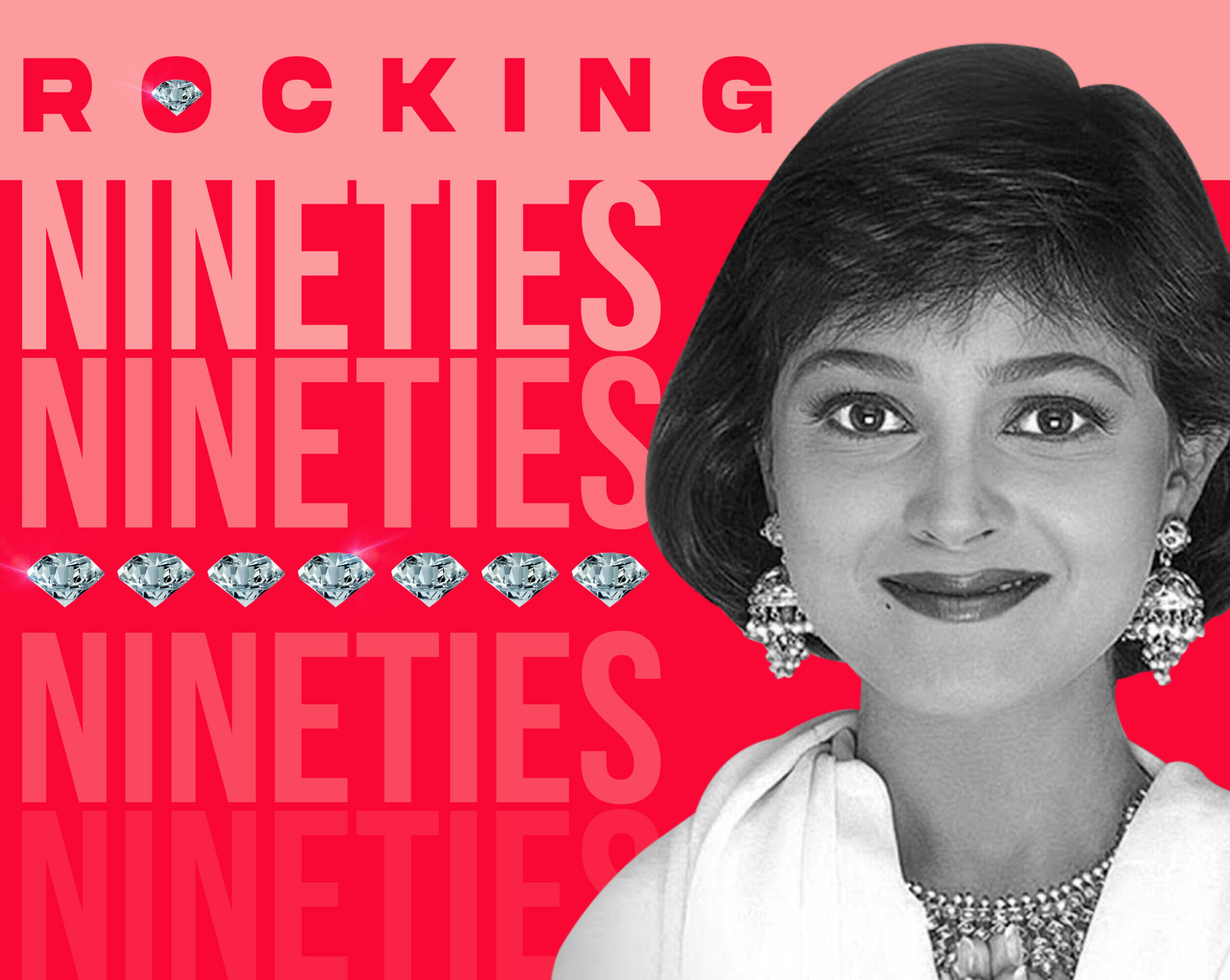
Image: YouTube cover album – Alisha Chinai, Made in India
In the Noughties and 2010s, diamonds continued to reflect different facets of humanity. Rihanna’s 2012 music video for “Diamonds” saw the musician grapple with Earth’s elements to be forged into an unbreakable diamond through self-love, while Beyoncé’s empowering 2013 trap track “*Flawless (feat. Chimamanda Ngozi Adichie)” used the word ‘diamond’ to indulge in braggadocio and flaunt a fearlessness that was hard-won.
These decades also saw musicians get creative to make powerful statements. In 2014, Indian hardcore band Scribe paid tribute to Bollywood by narrating the feud from the movie plot for Jo Jeeta Wohi Sikandar (1992) on “Black Diamond” and Billie Eilish belted about a ‘diamond mind’ on her 2015 dream-pop ballad about love and mental health, “Ocean Eyes.” Taylor Swift’s video, for her 2017 track “Look What You Made Me Do,” saw her bathing in a bathtub of diamonds and other jewels along with a single one-dollar note.
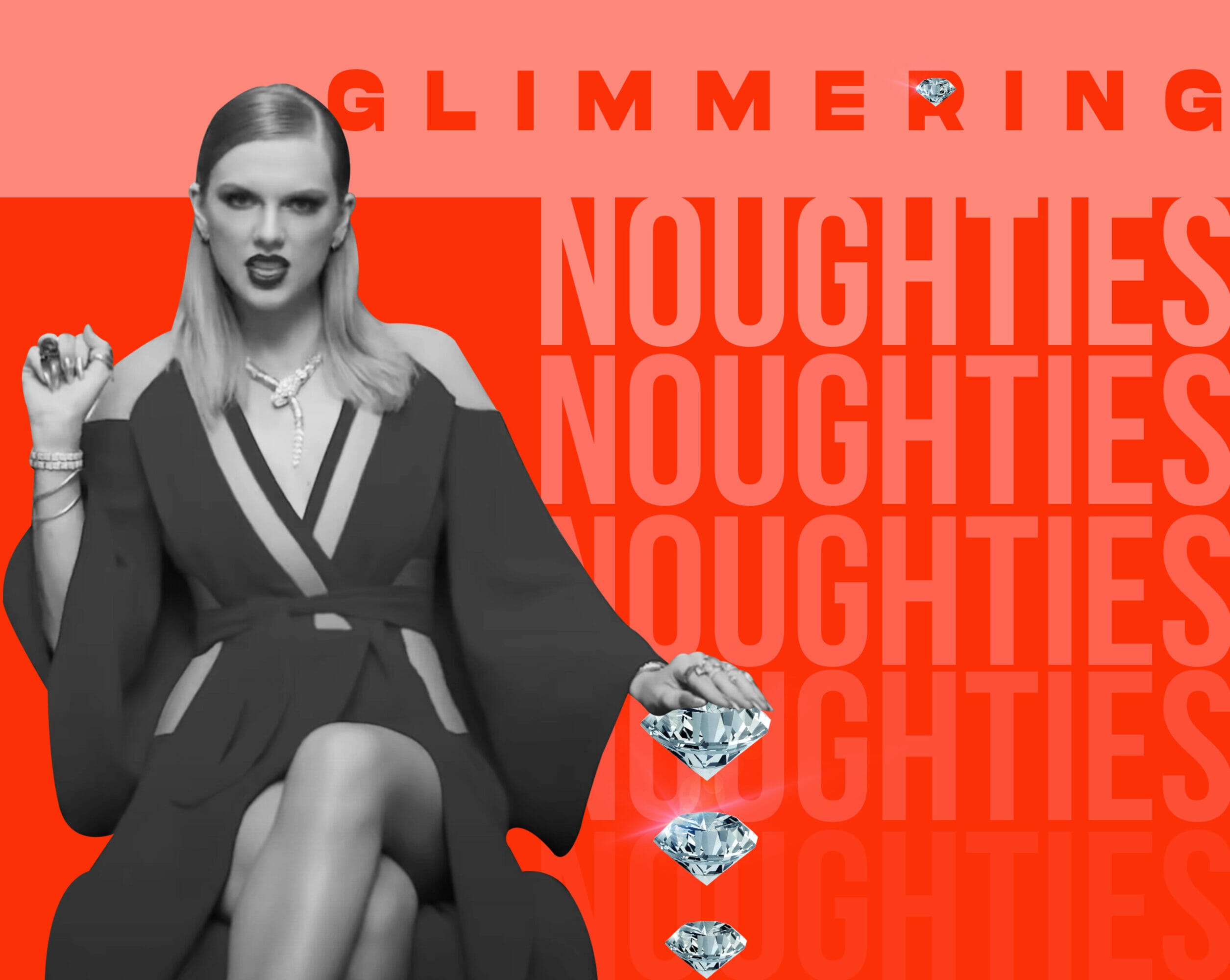
Image: YouTube – Taylor Swift, Look What You Made Me Do
Everlasting Inspirations
In the 2020s — have we decided what we’re calling this decade yet? — Jennifer Lopez and Maluma spoke of a wealth that’s only worth the price if they can share it with each other on “Pa’ Ti,” while Sam Smith’s dancefloor ballad “Diamonds” denounced a love that only cared for their riches. The music video for hip-hop artist Megan Thee Stallion and pop/R&B artist Normani’s “Diamonds” saw them recreate parts of Marilyn Monroe’s iconic 1953 performance while also navigating the world as independent women fighting masked villains. Earlier this year, Justin Bieber delivered “Anyone,” a pop power ballad wherein ‘diamonds’ were a symbol of hope after a dark period.

explored female empowerment.
Image: YouTube – Meghan Thee Stallion and Normani, Diamonds
Weaving stories of hope, love, revolution and magic, diamonds have proven to be an enduring symbol of truth and resistance in music. Like anything that demands and reveals craftsmanship, it is no wonder that diamonds and music continue to be the key cultural enablers of our times.
